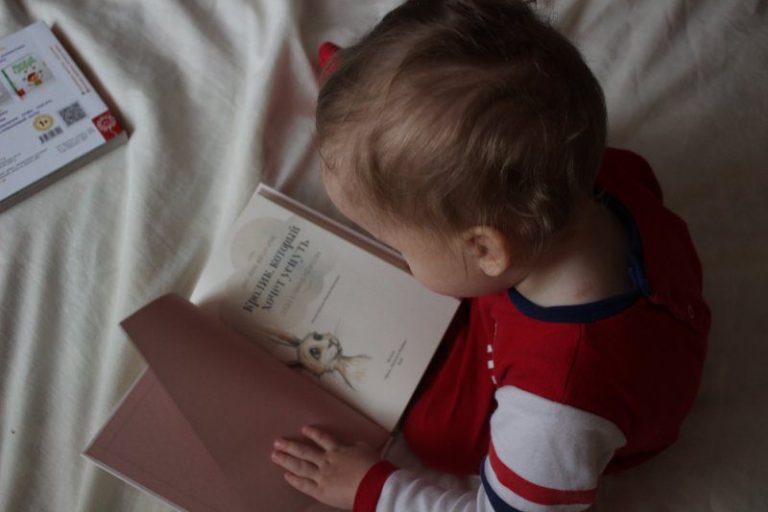Do you tempt your child to communicate?
Language is considered to be one of the biggest milestones across child development. It involves active learning of different sounds, words, language rules as well as sentence structures (Raising Children Network, 2023).
One way of encouraging communication in young children is through strategies known as communication temptations (Sherred,2021). Such strategies help the child to learn that once something is communicated, a response which helps the child to meet needs or wants is elicited. Sometimes children tend to get used to the fact that the parent is aware of their needs and this might delay the production of verbal communication. Want to hear more about it? Read more about it here!
Crying is an early mode of communication followed by the development of eye-gaze and pointing whereby the child grabs the attention of a caregiver using a gesture or eye-movement.
Some children may exhibit a difficulty in developing verbal production and it is typically suggested to ‘tease’ the child to communicate. The following strategies are often suggested:
1. Give the child a small amount of a preferred item.
Wait with an expectant look and observe how the child reacts. You may use the word ‘more’ and wait for the child to imitate and you may also use the name of the object to encourage imitation and to help the child understand that a particular word refers to a particular item. One may also use a sign in the absence of verbal production as this can also be a mode of communication for the child that is more visual and which may facilitate their understanding.
2. Guess what’s missing
Give an object/food item to the child with a missing component such as a yoghurt without a spoon, one sock, or a cup without juice. Wait for the child’s reaction – If the child uses a gesture to indicate that he/she realised that something is missing, use the word to refer to the object. This will help the child to become exposed to the vocabulary related to everyday routines.
3. Predictable language may support language development.
This may be achieved by using a language routine for several times such as ‘ready, steady, go’, ‘twinkle, twinkle little star’ and other similar phrases. After several trials, you may start off the phrase and wait and see whether the child continues the phrase. Look expectantly at the child and model the first sound of the word if the child does not continue the phrase. Continue this pattern until the use of the word becomes more consistent.
4. Use Wind-up Toys
Wind-up toys are very often a good means of encouraging communication. It may be used to help the child use words such as ‘help’, ‘more’ or learning how to refer to a particular toy. The adult may wind-up the toy several times and after some trials, the adult can then wait to see whether the child would request help to wind-up the toy again.
But what is their effect?
The use of verbal language and communication is all learnt by the child. Such strategies support the learning process by giving importance to the exchange of communication itself rather than giving the object or item to the child without the need for them to communicate. This may lead the child to delay his need to verbally communicate as the need for such communication would be minimal. Therefore, ‘teasing’ the child would be a learning opportunity for them to grasp communication skills.
If you think that you can benefit from professional support on this issue you can reach out here.
Kirby Cutajar is a qualified speech and language pathologist with Willingness. She works with clients of all ages with communication challenges due to developmental delays and disabilities.
References:
Raising Children Network (Australia) (2023). Language development in children: 0-8 years. Retrieved from https://raisingchildren.net.au/babies/development/language-development/language-development-0-8#:~:text=Language%20development%20starts%20with%20sounds,is%20good%20for%20language%20development.
Sherred, L. (2021). How can communication temptations help your child talk? https://www.expressable.com/learning-center/babies-and-toddlers/how-can-communication-temptations-help-your-child-talk






